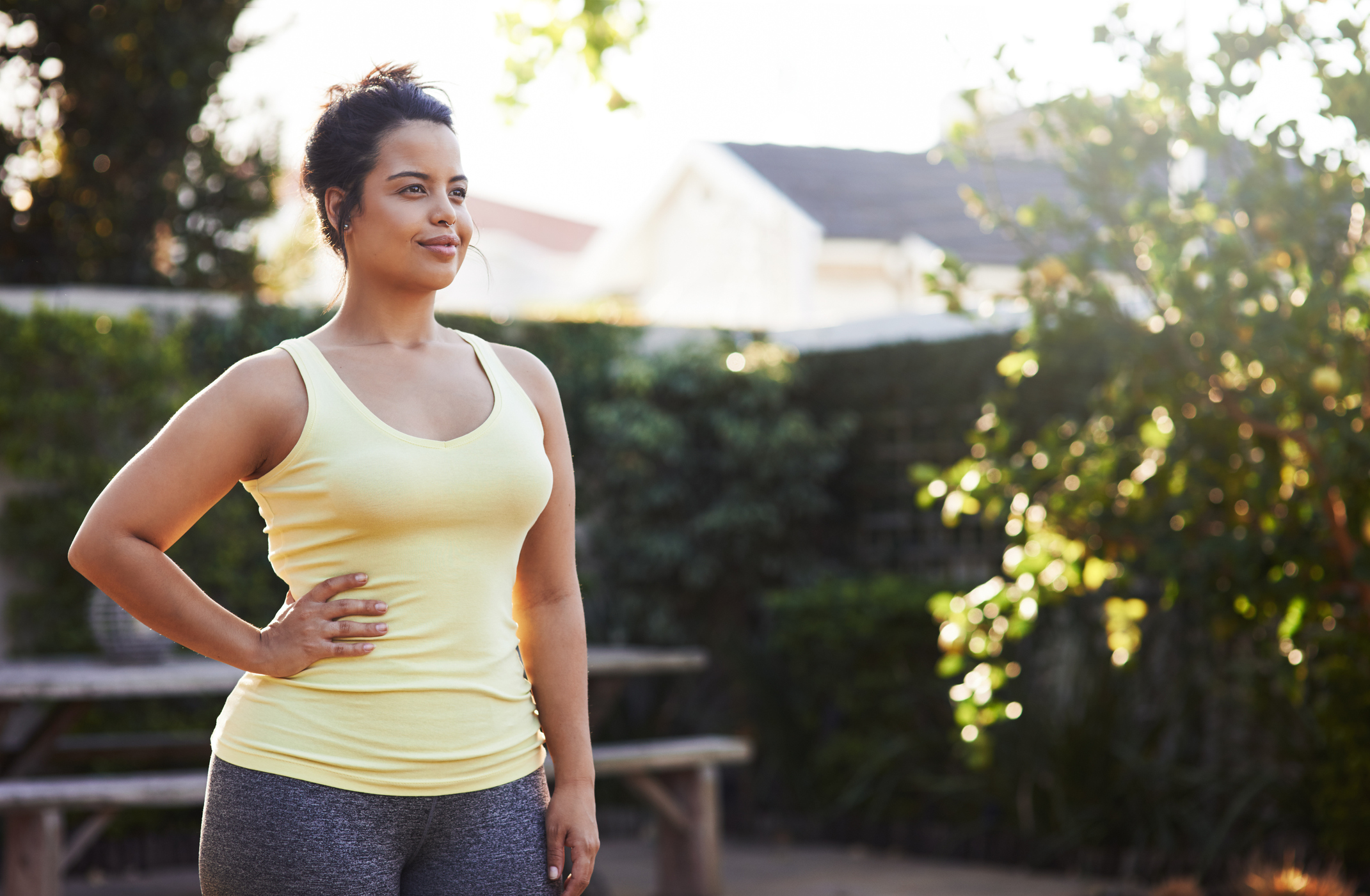Physical Activity: The Surprising Trick to Banishing Burnout

Tired of Living with Diabetes? Tips to Help You Get Your Groove Back.
Physical activity may be the last thing you feel up to if you have diabetes burnout. But getting and staying active can provide some immediate rewards to help get you back on track!
Since being diagnosed with diabetes, you’ve tried your best to manage your condition. You eat well, take your medicine as prescribed, visit your doctors, and regularly check your blood sugar—but something still isn’t working. After all the time and energy you’ve put into staying healthy, you’ve developed a complication or just can’t seem to keep your blood sugar balanced. You’re over it—fed up with diabetes and everything that comes with it. It’s official: you have diabetes burnout.
If you’ve felt this way, you’re not alone. Many people with diabetes have periods of diabetes burnout. And while you may not feel up to it right now, becoming more active is one of the best ways to help yourself feel better. Physical activity can immediately reduce anxiety, improve mood, and boost your energy. And it may be the first step in getting your motivation back!
See the Benefits Right Away
If you’re feeling down, being active can brighten your mood and help you feel better physically. The immediate effects of physical activity include:
- Improved well-being – Physical activity can improve mental and emotional wellness. It’s been found to help reduce feelings of anxiety.
- Lower blood sugar levels – If you check your blood sugar before and after you’re active, you’ll likely see that your blood sugar has gone down after your activity. Pay close attention to make sure that it hasn’t dropped too low. Learn the symptoms of low blood sugar and how to treat it.
- Improved blood pressure – If you have high blood pressure along with diabetes, being active can lower your blood pressure immediately.
Regular physical activity can also lead to long-term health benefits that can help you manage your diabetes. You’ll find that physical activity can:
- Improve blood sugar control – Regular physical activity can make it easier for your cells to absorb blood sugar, which means that you may need less insulin. This is called insulin sensitivity, and over time, it can lead to better blood sugar control. A great indicator of long-term blood sugar control is your hemoglobin A1C. Keep an eye on it to find out your average blood sugar level.
- Support weight management – Regular physical activity reduces your risk of weight gain, can help keep your weight at a healthy level, and can even help you lose weight.
- Lower your risk of diabetes complications – Regular physical activity can lower your risk of serious diabetes complications like heart disease, a stroke, or nerve damage.
With all of these benefits, it’s clear that you should be active. But you may wonder, “What’s the best way to be active?”
Be Active Your Way
There is no single best way to be physically active. You don’t need a gym. You can be active anywhere—even at home—and with little to no equipment. Just do what feels good to you and gets your heart pumping! While there’s no “best” activity, there are recommendations on how much physical activity you need. Adults should aim for at least 150 minutes per week of moderate-intensity physical activity. That’s activity that makes your heart beat a little faster than usual, like walking at a pace that increases your heart rate and causes you to sweat. On two or more days per week, add in activities that work your major muscle groups like your legs, shoulders, and back. If it’s been a long time since you’ve been active, it’s best to start slow.
Looking for ideas? Try some of these everyday activities to get moving:
- Walking briskly
- Dancing
- Playing sports
- Doing housework
- Riding a bicycle
- Gardening and doing yard work
- Doing yoga
- Doing online workout videos
Even moving briskly while doing housework can deliver immediate benefits to help you manage your diabetes. Find something you enjoy and get moving. You’ll renew your motivation to take on diabetes in no time!
Always consult with your doctor before starting any physical activity. Learn more about how you can increase physical activity and remain safe and healthy, including special considerations for people with diabetes.
- Dealing with Diabetes Burnout
- Move Your Way Activity Planner
- Adding Physical Activity to Your Life
- 10 Tips for Coping with Diabetes Distress
- Benefits of Physical Activity
- Benefits of Healthy Eating
- Active People, Healthy Nation
- Get Moving to Manage Your Diabetes
- Get Active!
- Diabetes and Mental Health